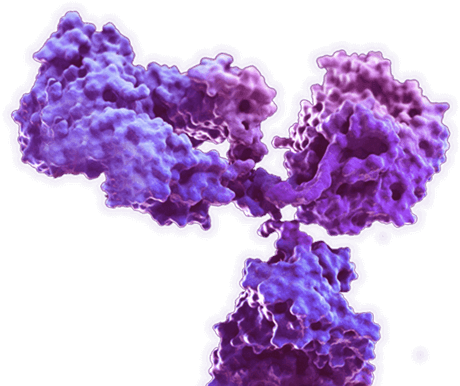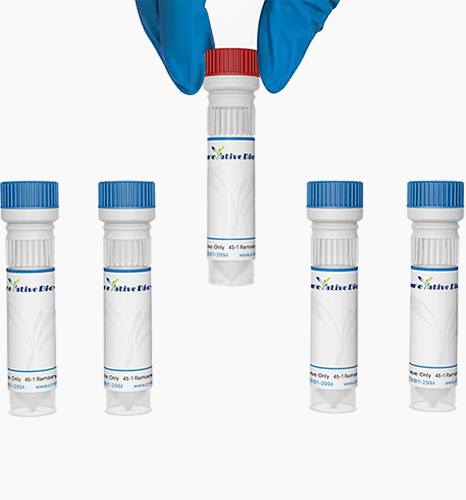DB3.1 electro competent cells (MOFY-0822-FY466)
Cat: MOFY-0822-FY466
Certificate of Analysis Lookup
To download a Certificate of Analysis, please enter a lot number in the search box below. Note: Certificate of Analysis not available for kit components.
Lot Number
To download a Certificate of Analysis, please enter a lot number in the search box below. Note: Certificate of Analysis not available for kit components.
Lot Number
| Size: | |
| Inquiry |
- Specifications
- Properties
Specifications
| Description | DB3.1 electric to competitive cells The DB3.1 Escherichia coli strain contains the gyrA462 gene, which endows it with resistance to the ccdB virulence gene. It is especially suitable for the construction or propagation of plasmid vectors containing the ccdB gene (eg GATEWAY System vector). This strain is resistant to streptomycin. |
| Gene Types | F- gyrA462 endA1 glnV44 Δ (sr1-recA) mcrB mrr hsdS20 (rB-, mB-) ara14 galK2 lacY1 proA2 rpsL20 (SmR) xyl5 Δleu mtl1 |
| Size | 50 µL/vial |
| QC result | Transformation efficiency of pUC19 plasmid detection:> 2×1010 cfu/μg DNA |
| Note | 1. When adding DNA, the volume should not be greater than 1/10 of the competent volume. 2. When adding electric shock competent cells to the electric shock cup, avoid generating air bubbles, which will increase the risk of arc discharge. 3. When the DNA is impure or contaminated with salt, ethanol, protein and buffer, the transformation efficiency drops sharply. 4. The ions in the shock cup can increase the conductance of the solution, increasing the risk of electric current and arcing in solutions containing cells and DNA. 5. If you want to transform large plasmids or want to obtain higher transformation efficiency, it is recommended to use a high-purity plasmid extraction kit to extract the plasmids. Double the size of the plasmid, and the transformation efficiency drops by an order of magnitude. 6. For the transformation of ligation products, the ligation system or recombination system of some companies (for example: Thermo, NEB's T4 ligase system, NEB, Tiangen's 50-degree reaction recombination system) can be directly mixed with DB3.1 electroshock competent After electroshock transformation, no purification is required, but the DNA concentration should not be too high, and try not to exceed 100 ng/μl. Too high a concentration of ligation product or too large a volume of ligation product will reduce conversion efficiency and increase the risk of arcing. 7. Gently operate when mixing plasmids, avoid excessive force when sucking competitive cells, so as not to damage the cell membrane due to excessive shearing force and reduce the transformation efficiency. Transforming high concentrations of plasmids or ligation products can correspondingly reduce the amount of bacteria that are ultimately used for plating. 8. The electroshock competitive cells should be stored below -80°C as much as possible. Over-storage above -80°C will cause the transformation efficiency to decrease. |
Properties
| Shipping | Dry ice |
| Storage | Store at -80 °C |
| Handling Advice | Immediately upon receipt, cells were transferred from dry ice to -80°C refrigerator. |
For Research Use Only | Not For Clinical Use.
Online Inquiry


